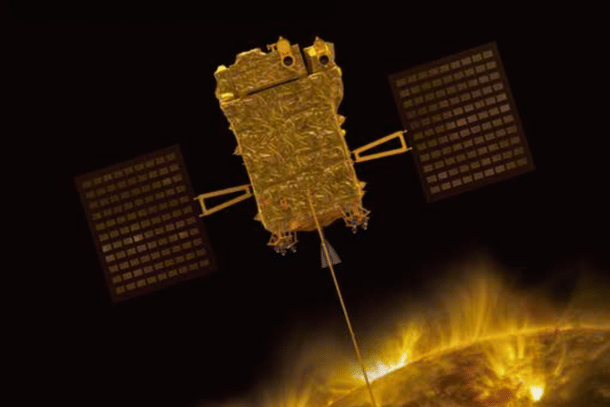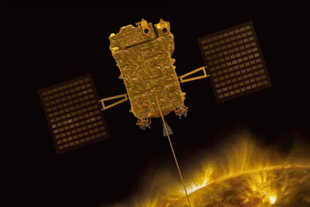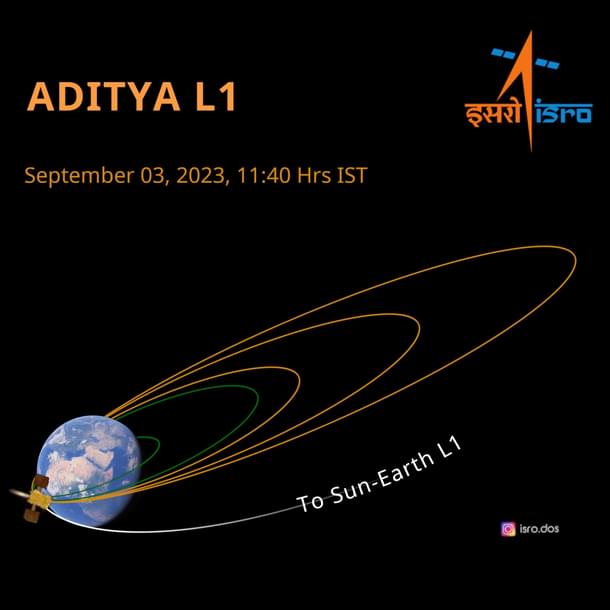Science
ISRO Raises Aditya-L1 Orbit; Solar Craft 'Healthy, Operating Nominally'
Karan Kamble
Sep 03, 2023, 12:41 PM | Updated 12:41 PM IST
Save & read from anywhere!
Bookmark stories for easy access on any device or the Swarajya app.


The Indian Space Research Organisation (ISRO) raised the orbit of Aditya-L1, India's first-ever solar probe, for the first time since the spacecraft's launch on Saturday (2 September).
It also reported that the satellite is presently healthy and operating nominally.
A polar satellite launch vehicle, PSLV XL, injected Aditya-L1 precisely in an elliptical orbit of 235 km x 19,500 km, as planned, on Saturday about 63 minutes after launch.
On Sunday (3 September), the orbit was raised to 245 km x 22,459 km. The first Earth-bound manoeuvre was performed successfully from the ISRO Telemetry Tracking and Command Network (ISTRAC), Bengaluru.
The major orbital change has occurred with the "apogee," the farthest point on the orbit around Earth, from 19,500 km to 22,459 km.
The second Earth-bound manoeuvre is set to take place Tuesday (5 September) at around 3 am, India time.

A total of five Earth-bound manoeuvres will put Aditya-L1 into increasingly elliptical orbits. This will help India's solar craft achieve the velocity necessary for its long journey to the Sun-Earth Lagrange point L1.
Aditya-L1 is set to stay in Earth-bound orbits until about 18 September, after which an approximately 110-day journey to the vicinity of L1 will begin.
Thereafter, ISRO will execute a manoeuvre to bind Aditya-L1 to an orbit around L1.
The total journey time from Earth to L1 is estimated to be about four months.
Read More:
Aditya-L1: Flying To L1 Is Tricky, But ISRO's New Software Is Trained For The Job
Karan Kamble writes on science and technology. He occasionally wears the hat of a video anchor for Swarajya's online video programmes.





